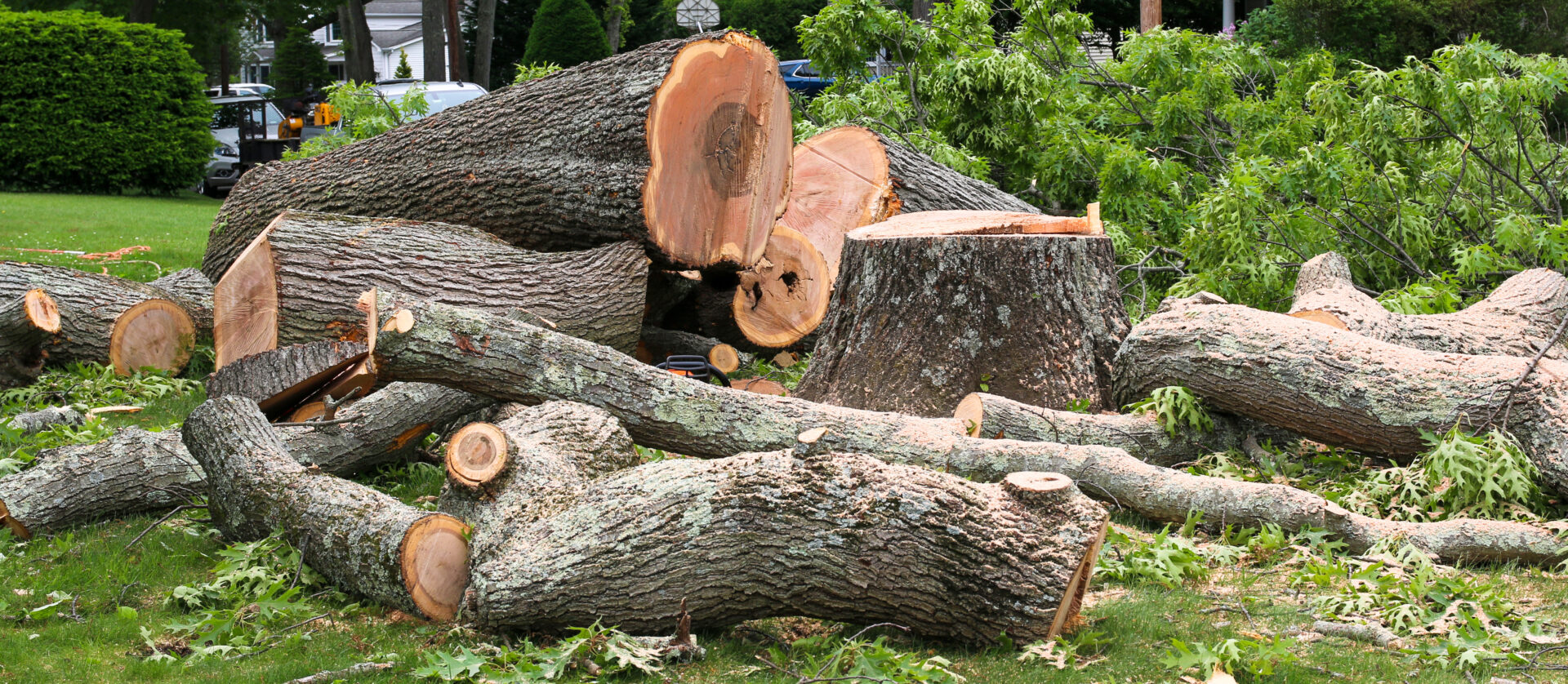
How to Prepare Your Trees for Seasonal Changes Oct 20, 2025
First and foremost, assess the current health of your trees. This is crucial before making any preparation plans for the upcoming change in weather. Look for signs of disease or damage that might become problematic under more extreme weather conditions. Issues such as broken branches or thinning canopy can indicate underlying problems that need attention. Consult a tree care professional if necessary for a comprehensive evaluation.
Once you've assessed tree health, the next step is to focus on pruning. Pruning helps in removing dead or weak branches that could potentially fall during a storm, posing risks to your property and safety. Late winter is typically the best time for pruning because trees are dormant, minimizing sap loss and decreasing stress. However, proper techniques must be employed to avoid harming the tree. Ascension Tree Care LLC offers expert pruning services tailored to the specific needs of each tree species.
Mulching plays a significant role in protecting trees from seasonal temperature fluctuations. A good layer of organic mulch applied around the base of the tree helps insulate roots, retaining moisture and moderating soil temperature. This is especially important during the harsh temperatures of winter and summer. As a rule of thumb, apply mulch to a depth of 2-4 inches, ensuring that it does not make direct contact with the tree trunk to prevent rot.
Watering is another critical aspect of preparing trees for seasonal change. As we transition into cooler months, it's essential to continue watering your trees until the ground freezes. Trees still require moisture to survive winter’s dryness, and a well-hydrated tree is less likely to suffer from winter burn. In contrast, during summer, consistent watering equates to healthy growth and resilience against drought stress.
Fertilizing can support a tree's nutritional needs as it prepares for season changes. However, it’s crucial to time this correctly. Over-fertilizing can lead to excessive growth, making trees vulnerable as they enter dormancy. Typically, fertilizing in early spring or late fall when the tree is actively absorbing nutrients works best. Our team at Ascension Tree Care LLC can help you with selecting the right type and quantity of fertilizer for individual tree species.
Don’t overlook the importance of pest management. With seasonal changes, certain pests and diseases become more prevalent. For instance, as temperatures rise, pests such as aphids and borers become active and can cause significant harm if not managed. Regular inspections and proper pest control practices can help safeguard your trees.
Finally, consider protective measures such as tree guards or wraps for young or vulnerable trees to prevent damage from frost cracks or animal browsing, which can be more prevalent during certain times of the year.
Preparing your trees for seasonal changes ensures they remain a healthy and valuable part of your landscape. The expert team at Ascension Tree Care LLC is committed to offering top-quality service and advice to help you protect one of your property's most important assets. By taking the right steps now, you can enjoy the shade and beauty of your trees for many years to come.
/filters:no_upscale()/media/7502bb54-331a-48e8-9992-3b099f7a93b5.jpg)
/filters:no_upscale()/filters:format(webp)/media/a47c443c-60b1-4cbb-b9f1-6dadaa5594c5.jpeg)